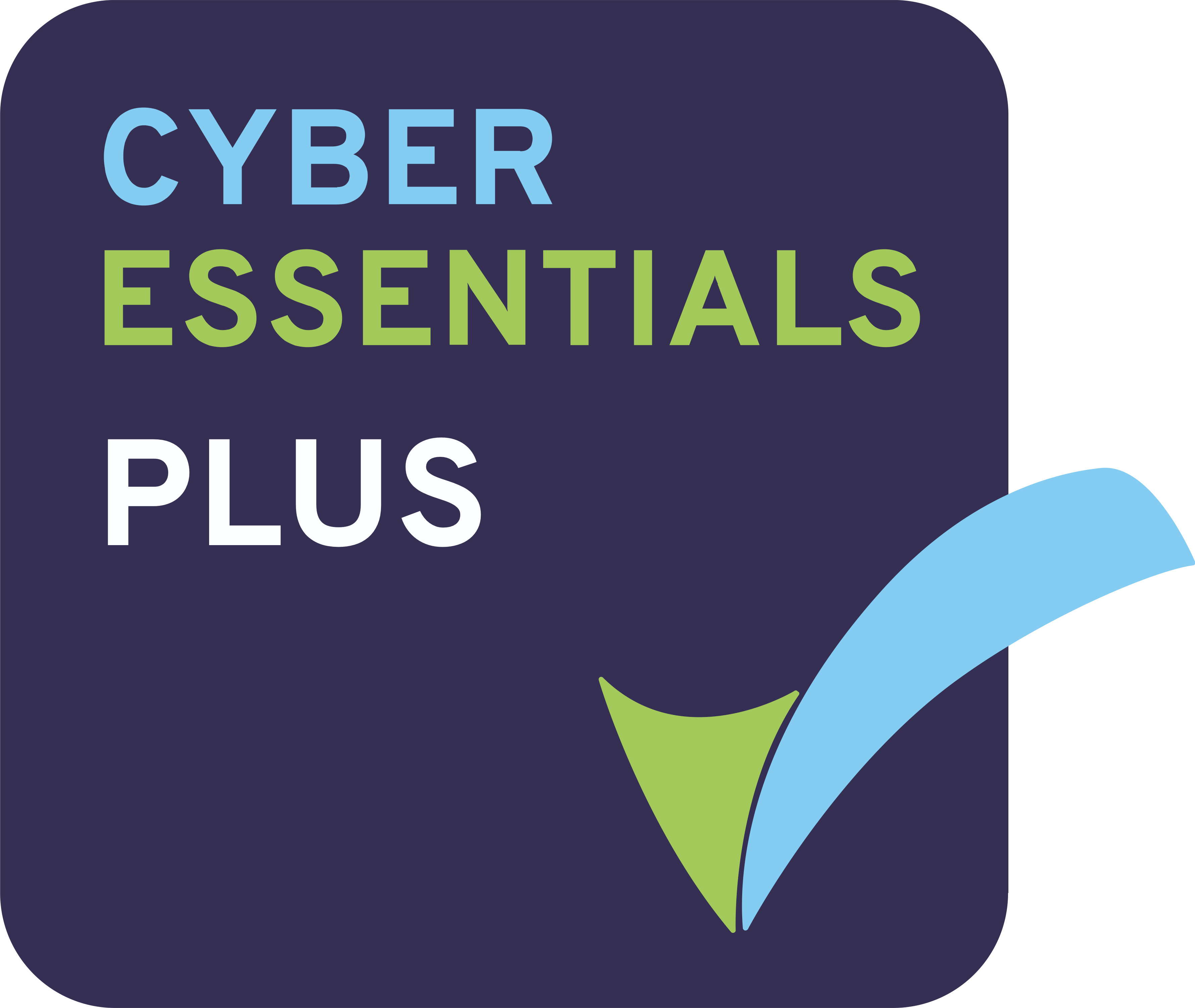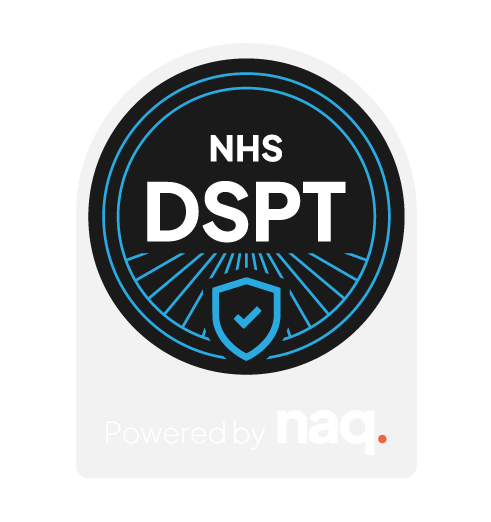DESCRIPTION
Understand how to carry out effective Regulation 32 visits in supported accommodation settings. This in-depth guide explains what’s required, how to embed the process into your service, and how digital tools like OVcare can simplify compliance and improve outcomes.
When
June 2025
Who
Paula Martinez

Since September 2024, supported accommodation services for 16–17-year-olds in England have come under Ofsted regulation. One of the most important requirements introduced is Regulation 32, which mandates a monthly independent visit to assess the quality of care and safeguarding provided to young people. For many providers—especially those used to operating under lighter-touch oversight—these visits can seem unfamiliar or difficult to carry out effectively. But Regulation 32 isn’t just a bureaucratic hurdle. When approached properly, it becomes a powerful mechanism to drive improvement, ensure young people are heard, and maintain compliance in a changing regulatory landscape.
Regulation 32 of The Supported Accommodation (England) Regulations 2023 requires the registered person to ensure that an independent person visits the premises at least once a month. The goal is to monitor the safety and wellbeing of the young people living there, the effectiveness of the service in promoting independence, and the robustness of safeguarding arrangements. Each visit must result in a written report, which should be shared with the service manager and made available to Ofsted on request. The report should cover key themes such as the quality of the living environment, the conduct and attitudes of staff, how well young people are progressing toward independence, and any concerns that may have emerged during the visit.
Beyond meeting a statutory requirement, Regulation 32 visits help to strengthen accountability and transparency across the organisation. Having an experienced and independent visitor observing and engaging with the service ensures that blind spots are identified early. More importantly, these visits offer the opportunity to reflect on how the service is really operating in practice—not just what’s on paper. Done properly, they can help management teams to learn, adapt, and consistently raise standards for the young people in their care.
To make the most of Regulation 32 reviews, the first step is to appoint the right independent visitor. This person must be fully separate from day-to-day operations, without any conflicts of interest. Ideally, they should have experience in children’s social care, safeguarding, or supported accommodation. Their role is not simply to fill out a checklist, but to observe thoughtfully, ask meaningful questions, and highlight both strengths and areas for development. Many providers now source independent visitors through external organisations with the relevant expertise and neutrality, which helps to reinforce the objectivity of the process.
It is also important to develop a clear and consistent framework for these visits. Each visit should include observation of the environment, informal conversations with at least one young person (where appropriate and with consent), staff engagement, and a review of key records such as risk assessments, care plans, and incident logs. This structure ensures that nothing critical is missed and that visits remain purposeful and focused on real outcomes. Services that use digital care management systems such as OVcare benefit from being able to create reusable templates for Regulation 32 reports, ensuring standardisation and efficiency across months.
Capturing the voice of the young person is essential. Ofsted expects providers to demonstrate that young people are not only safe but also feel safe and are actively engaged in shaping their own support. Regulation 32 reports must reflect their views, experiences, and any concerns they raise. This requires skill in communication, especially in trauma-informed approaches. Using a digital platform like OVcare allows staff and visitors to record conversations securely and ethically, building a longitudinal picture of each young person’s journey through the service.
One common mistake is to treat Regulation 32 visits as isolated or standalone exercises. To derive real value, they must be clearly linked to service improvement. This means tracking the actions that arise from each report—who is responsible, what has been done, and whether outcomes have changed. OVcare enables care providers to assign and track tasks directly from visit findings, helping to ensure that actions are followed up and completed in a timely manner. This kind of responsive, data-driven improvement is exactly what Ofsted looks for when assessing how well a service is managed.
Finally, storing and sharing reports securely is non-negotiable. Ofsted will ask to see Regulation 32 reports as part of any inspection. These reports should be signed, dated, and stored in a way that is both safe and accessible. For providers still reliant on paper files or fragmented folders, this can create stress and delays. OVcare helps by offering cloud-based storage, secure audit trails, and instant access to historical reports—all in one place. This removes the burden from staff while reinforcing accountability and readiness for inspection.
In summary, Regulation 32 is not just about ticking boxes. It’s about creating a structured, independent view of how a service is functioning, how well young people are supported, and where improvements can be made. When embraced properly, these visits can drive real change. Supported accommodation providers that invest time in making Regulation 32 reviews meaningful, consistent, and transparent will find themselves not only compliant—but more confident, resilient, and truly focused on the outcomes that matter most. With the support of digital tools like OVcare, these goals become more achievable and more sustainable across the sector.
Regulation 32 of The Supported Accommodation (England) Regulations 2023 requires the registered person to ensure that an independent person visits the premises at least once a month. The goal is to monitor the safety and wellbeing of the young people living there, the effectiveness of the service in promoting independence, and the robustness of safeguarding arrangements. Each visit must result in a written report, which should be shared with the service manager and made available to Ofsted on request. The report should cover key themes such as the quality of the living environment, the conduct and attitudes of staff, how well young people are progressing toward independence, and any concerns that may have emerged during the visit.
Beyond meeting a statutory requirement, Regulation 32 visits help to strengthen accountability and transparency across the organisation. Having an experienced and independent visitor observing and engaging with the service ensures that blind spots are identified early. More importantly, these visits offer the opportunity to reflect on how the service is really operating in practice—not just what’s on paper. Done properly, they can help management teams to learn, adapt, and consistently raise standards for the young people in their care.
To make the most of Regulation 32 reviews, the first step is to appoint the right independent visitor. This person must be fully separate from day-to-day operations, without any conflicts of interest. Ideally, they should have experience in children’s social care, safeguarding, or supported accommodation. Their role is not simply to fill out a checklist, but to observe thoughtfully, ask meaningful questions, and highlight both strengths and areas for development. Many providers now source independent visitors through external organisations with the relevant expertise and neutrality, which helps to reinforce the objectivity of the process.
It is also important to develop a clear and consistent framework for these visits. Each visit should include observation of the environment, informal conversations with at least one young person (where appropriate and with consent), staff engagement, and a review of key records such as risk assessments, care plans, and incident logs. This structure ensures that nothing critical is missed and that visits remain purposeful and focused on real outcomes. Services that use digital care management systems such as OVcare benefit from being able to create reusable templates for Regulation 32 reports, ensuring standardisation and efficiency across months.
Capturing the voice of the young person is essential. Ofsted expects providers to demonstrate that young people are not only safe but also feel safe and are actively engaged in shaping their own support. Regulation 32 reports must reflect their views, experiences, and any concerns they raise. This requires skill in communication, especially in trauma-informed approaches. Using a digital platform like OVcare allows staff and visitors to record conversations securely and ethically, building a longitudinal picture of each young person’s journey through the service.
One common mistake is to treat Regulation 32 visits as isolated or standalone exercises. To derive real value, they must be clearly linked to service improvement. This means tracking the actions that arise from each report—who is responsible, what has been done, and whether outcomes have changed. OVcare enables care providers to assign and track tasks directly from visit findings, helping to ensure that actions are followed up and completed in a timely manner. This kind of responsive, data-driven improvement is exactly what Ofsted looks for when assessing how well a service is managed.
Finally, storing and sharing reports securely is non-negotiable. Ofsted will ask to see Regulation 32 reports as part of any inspection. These reports should be signed, dated, and stored in a way that is both safe and accessible. For providers still reliant on paper files or fragmented folders, this can create stress and delays. OVcare helps by offering cloud-based storage, secure audit trails, and instant access to historical reports—all in one place. This removes the burden from staff while reinforcing accountability and readiness for inspection.
In summary, Regulation 32 is not just about ticking boxes. It’s about creating a structured, independent view of how a service is functioning, how well young people are supported, and where improvements can be made. When embraced properly, these visits can drive real change. Supported accommodation providers that invest time in making Regulation 32 reviews meaningful, consistent, and transparent will find themselves not only compliant—but more confident, resilient, and truly focused on the outcomes that matter most. With the support of digital tools like OVcare, these goals become more achievable and more sustainable across the sector.



